OnePlus is talking a big game about its next flagship, pitching the OnePlus 15's display as a straight upgrade. Peek under the hood of leaks and official teasers, and the story gets more layered. The company's president Li Jie Louis has been teasing an "ultra-high" refresh rate display, according to NotebookCheck, and leaks point to 165Hz, the highest the brand has tried.
That jump, though, arrives with trade-offs OnePlus is quieter about. Expect a smaller 6.78-inch screen versus the 6.82-inch panel on its predecessor, as reported by NotebookCheck. More importantly, resolution looks set to drop from the OnePlus 13's sharp 2K panel to 1.5K. Pixel density falls from roughly 516 ppi on the OnePlus 13 to about 430 ppi on the OnePlus 15. You will feel that in crisp text and photo detail.
What's actually changing with the OnePlus 15's screen
The OnePlus 15's display is a study in trade-offs that marketing frames as pure progress. The headline upgrade is the move to 165Hz, the first OnePlus phone to hit that mark, according to NotebookCheck. That puts it ahead of most Chinese flagships that stick to 120Hz screens, although gaming-focused phones like the Asus ROG Phone 9 series already push 185Hz, as noted by NotebookCheck.
The hardware rethink goes further than refresh rates. OnePlus is ditching the curved display of the OnePlus 13 for a flat panel with ultra-slim bezels, think iPhone-level thin borders, according to NotebookCheck. That choice helps gaming by cutting down on accidental edge touches during frantic swipes and taps.
Under the glass, the panel tech is stepping up a generation. The display will reportedly use BOE's next-generation X3 Oriental panel, an evolution of the X2 Oriental screen in the OnePlus 13 that earned DisplayMate's highest A++ grade, according to NotebookCheck. This third-generation Oriental technology could bring tighter color accuracy, better power efficiency, and higher brightness, which may soften the resolution hit.
The gaming angle: 165fps performance promises
Here's where the plan clicks. OnePlus is not just slapping a faster panel on top and walking away. The OnePlus 15 will support native 165fps gameplay in Delta Force, Call of Duty Mobile, Arena Breakout, League of Legends: Wild Rift, and Naruto Mobile, as reported by NotebookCheck.
The numbers are strong. In testing, the device reportedly held an average of 164.9fps with 1 percent lows of 148.4fps during a 30-minute Delta Force session. Consistency beats brief spikes, especially when frame drops usually show up mid firefight.
OnePlus is developing a new performance engine built specifically for 165fps gaming, according to NotebookCheck. It builds on earlier optimizations like the Fengchi Game Kernel in the Ace 5 series, but aims broader. Paired with the Snapdragon 8 Elite Gen 5 and this custom performance engine, the phone is positioned as a purpose-built gaming machine that can actually use every hertz of that 165Hz display, as noted by NotebookCheck.
Why does that matter? Plenty of phones advertise high refresh rates, yet struggle to hold them once sustained loads kick in. OnePlus appears to be attacking that problem with hardware and software tuned together.
The resolution compromise: why 1.5K matters
Now for the elephant in the room, the drop from 2K to 1.5K that OnePlus hopes you will not notice. That cutback underpins much of what the OnePlus 15 is trying to do, according to NotebookCheck.
High-refresh math explains it. Pushing 165 frames per second at 2K demands far more GPU power than doing the same at 1.5K. Reduce the pixel count, free resources, keep that buttery-smooth 165fps experience. This is not corner-cutting, it is resource allocation based on user priorities.
And yes, there is a visual cost. Text clarity, fine photo detail, overall sharpness, all take a hit versus the OnePlus 13's razor-sharp 2K display. Will most people trade pixel perfection for gaming smoothness. For streaming video or browsing, a 1.5K display on a 6.78-inch screen still looks perfectly acceptable, it is not a plunge to 1080p.
The flat display design with ultra-slim bezels also creates manufacturing constraints that make 1.5K more practical, as suggested by NotebookCheck. Hitting those iPhone-caliber borders while maintaining high resolution and high refresh on a big panel is a tough engineering puzzle, so OnePlus prioritized the gaming experience over absolute pixel density.
What this means for the broader OnePlus strategy
The OnePlus 15's display choices hint at a company shifting strategy beyond screens. The move away from the Hasselblad partnership to an in-house DetailMax camera engine points to self-reliance and cost optimization, as reported by NotebookCheck. The display trade-offs line up with that mindset, prioritize tangible performance benefits over premium spec checkboxes.
This stance gives OnePlus a distinct lane in a crowded flagship market. While Samsung and Apple chase ever-higher resolutions and more premium materials, OnePlus is betting that mobile gamers are an underserved, passionate segment willing to embrace performance over pixel perfection. The mobile gaming market has grown into a multi-billion dollar ecosystem, with competitive gaming driving hardware demands that traditional flagship priorities do not address, according to reports from Inkl.
The timing helps. With the expected October launch in China followed by a global release, as noted by TechRadar, OnePlus can set the 165Hz narrative before rivals reply. If the performance claims hold up and the gaming community embraces the trade-offs, the Android flagship field could tilt toward gaming-optimized displays instead of pure resolution races.
PRO TIP: The OnePlus 15's display strategy is a bet that smooth gaming beats pixel-perfect media consumption. For serious mobile gamers, a 165Hz panel with sustained performance could justify the resolution drop. For everyone else, the 1.5K display should still look excellent for daily tasks while potentially offering better battery life than a power-hungry 2K panel.
Bottom line: OnePlus is not just launching another flagship, it is testing whether the market is ready for gaming-first display priorities over traditional premium specifications. Given the impressive early performance data and the growing mobile gaming ecosystem, it is a gamble that might reshape how we think about smartphone displays.







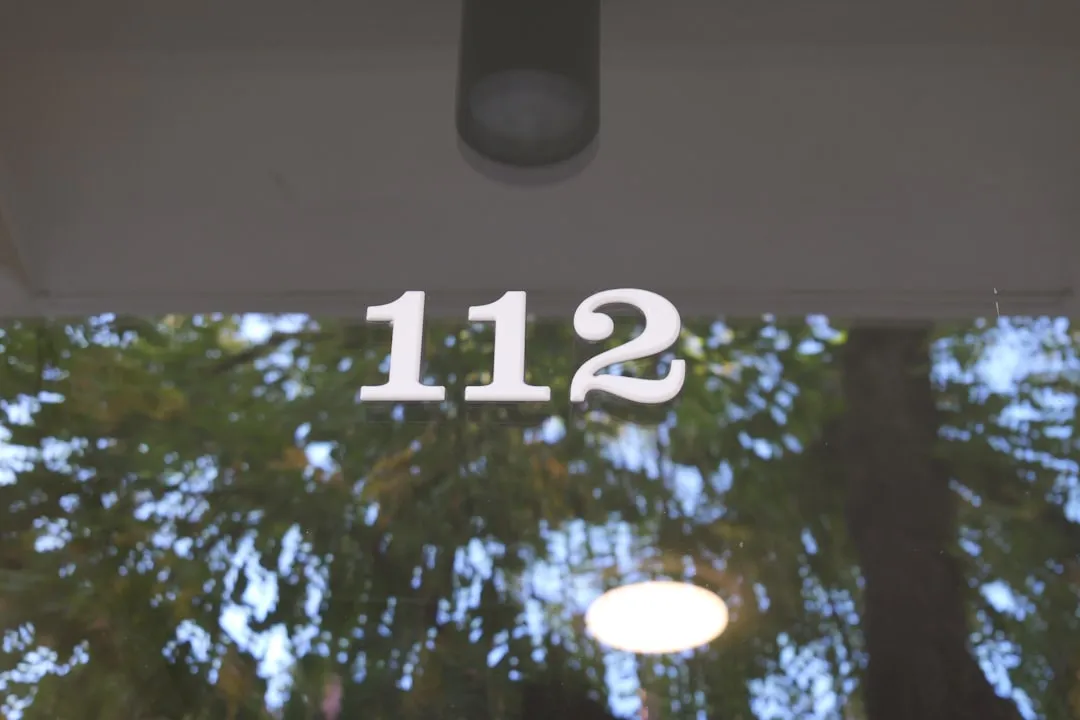
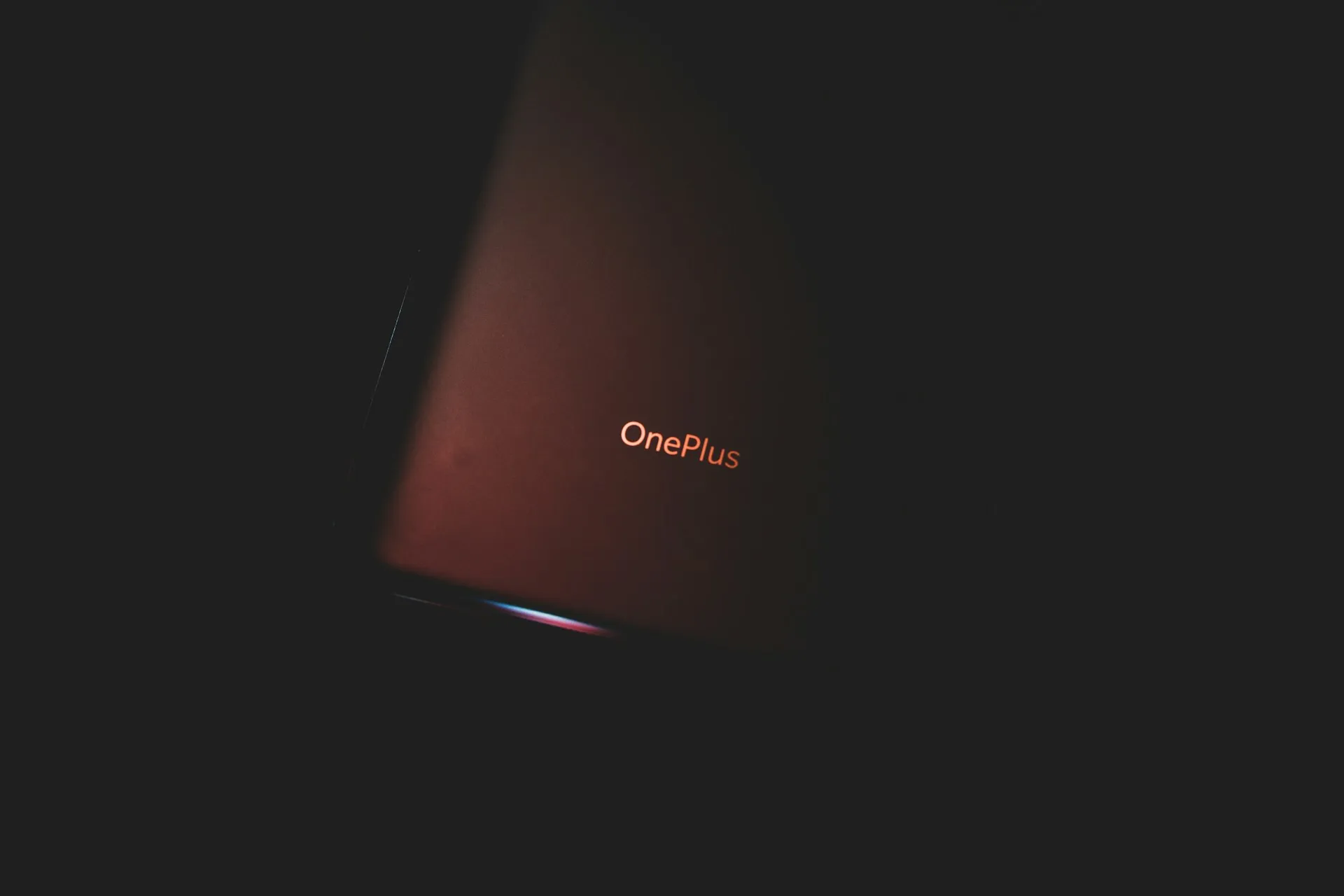
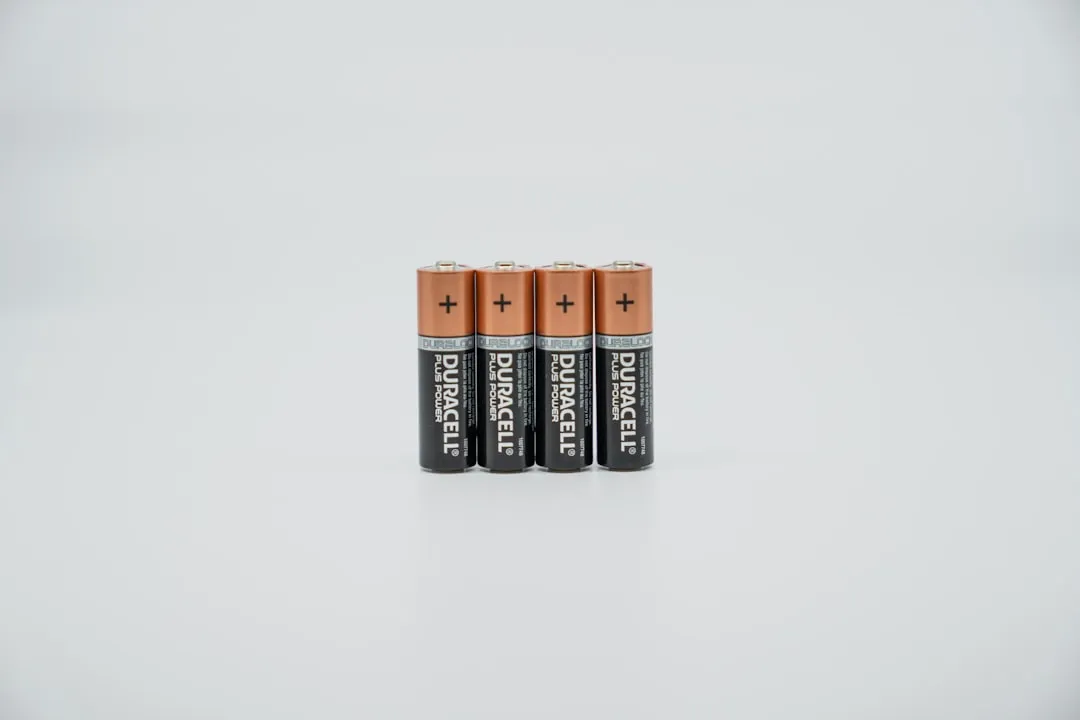




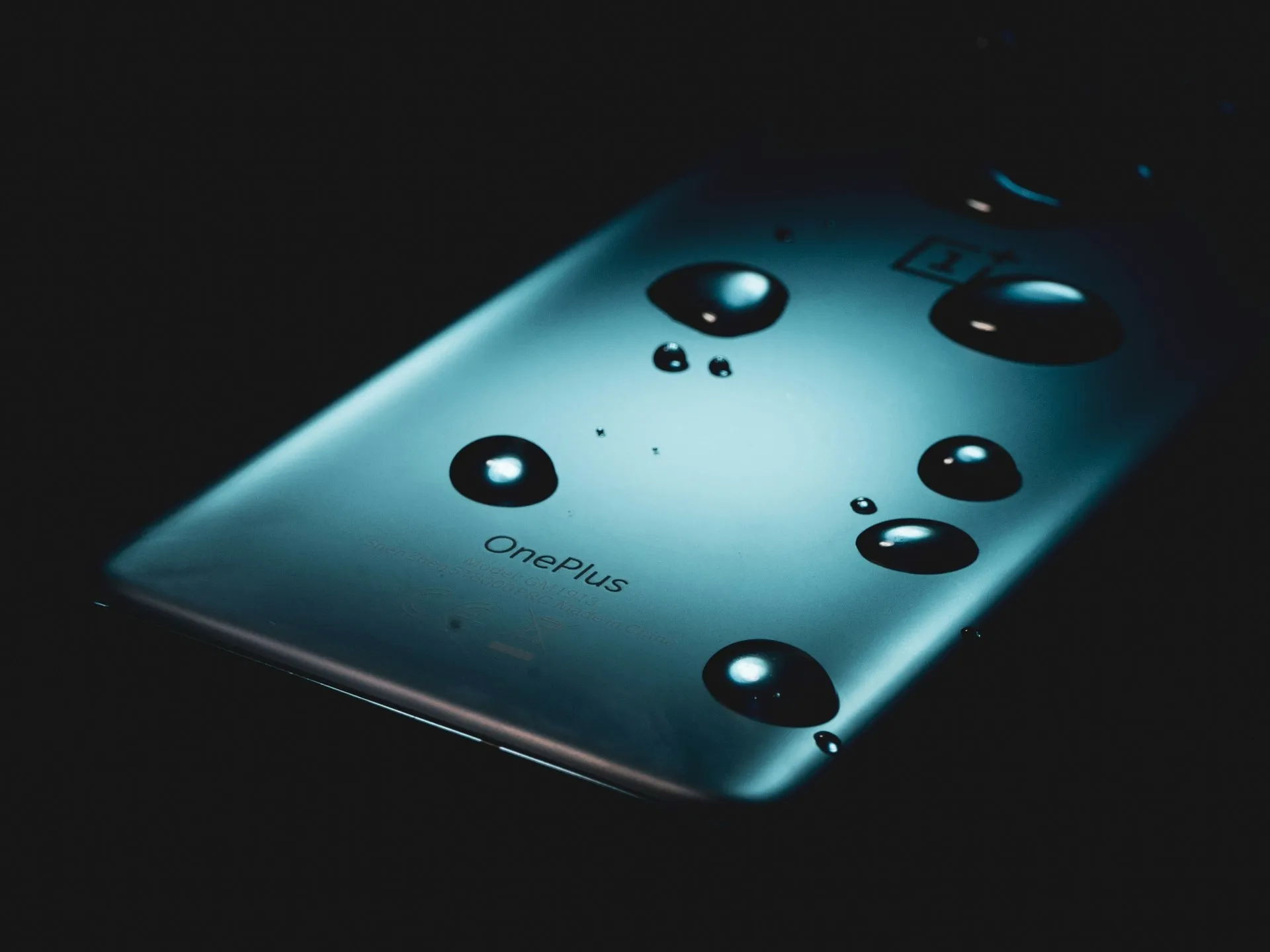

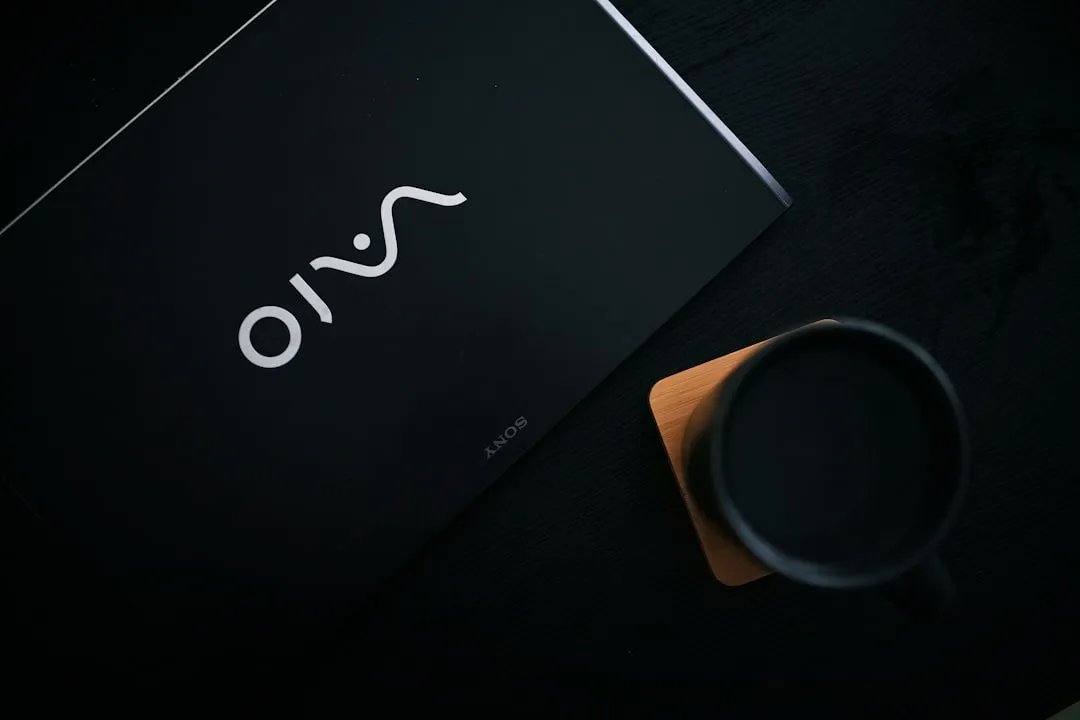
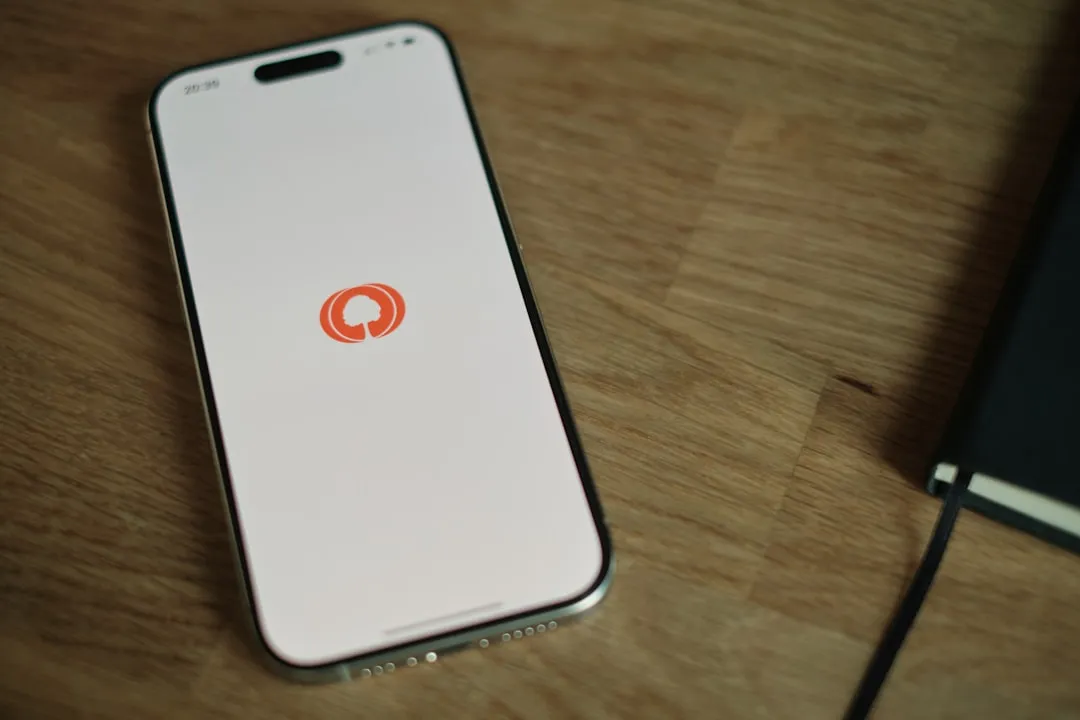
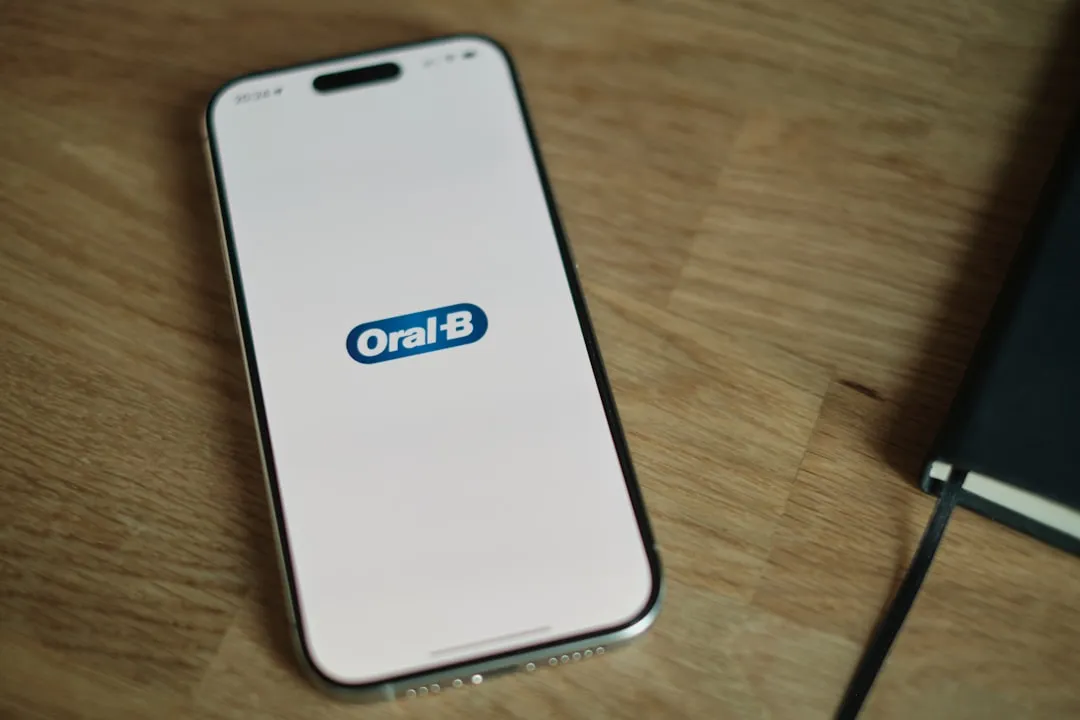
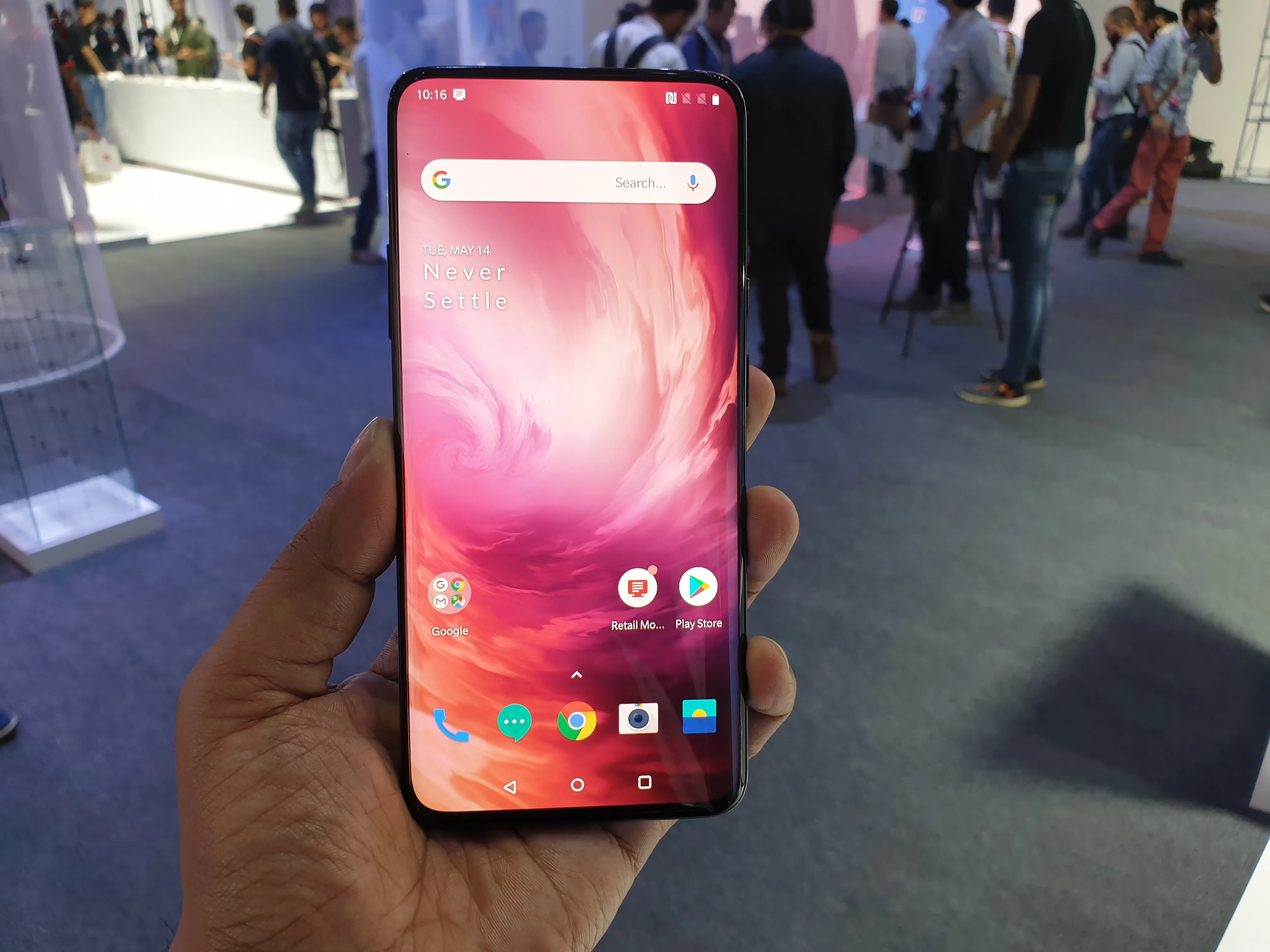
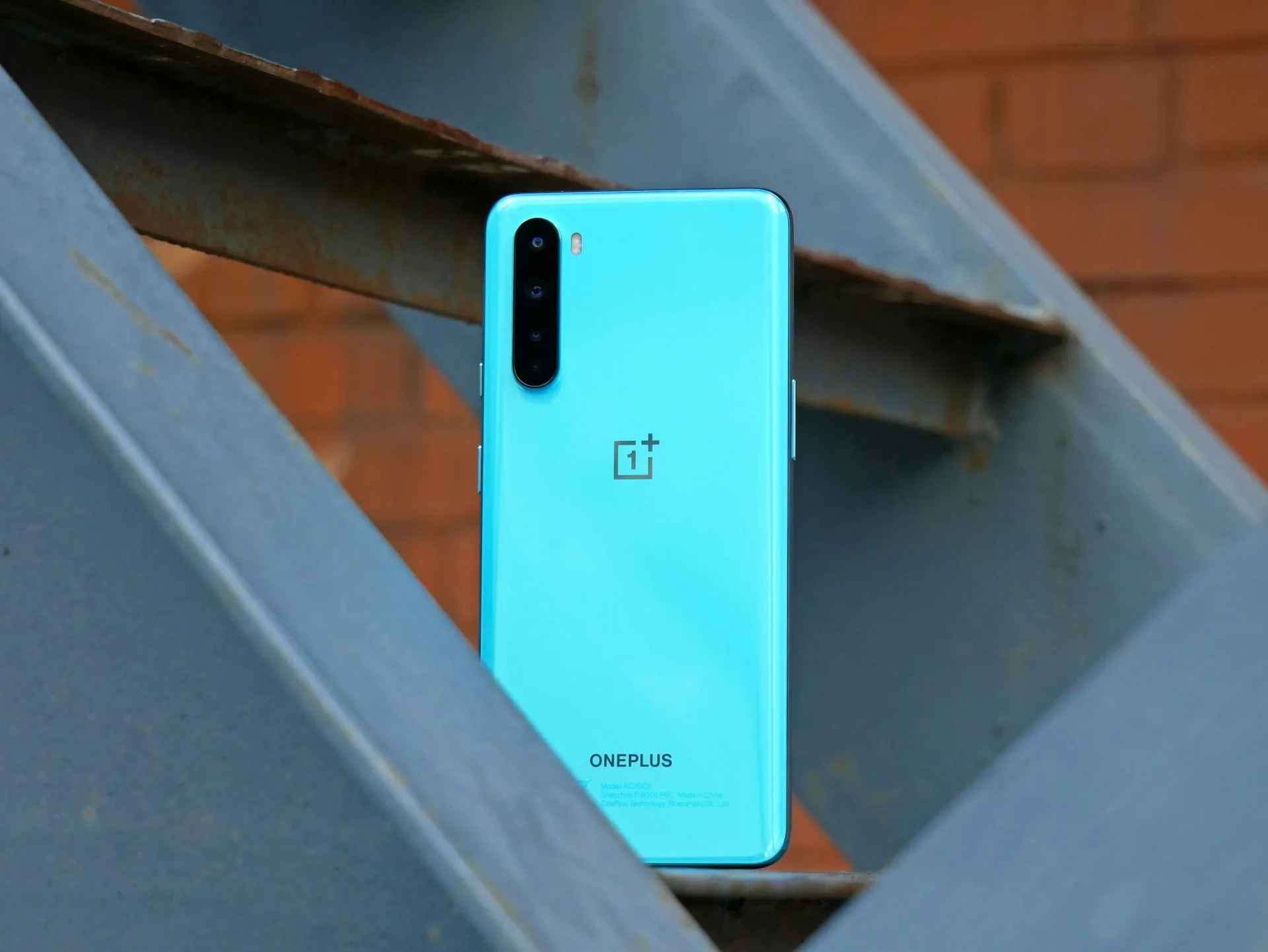
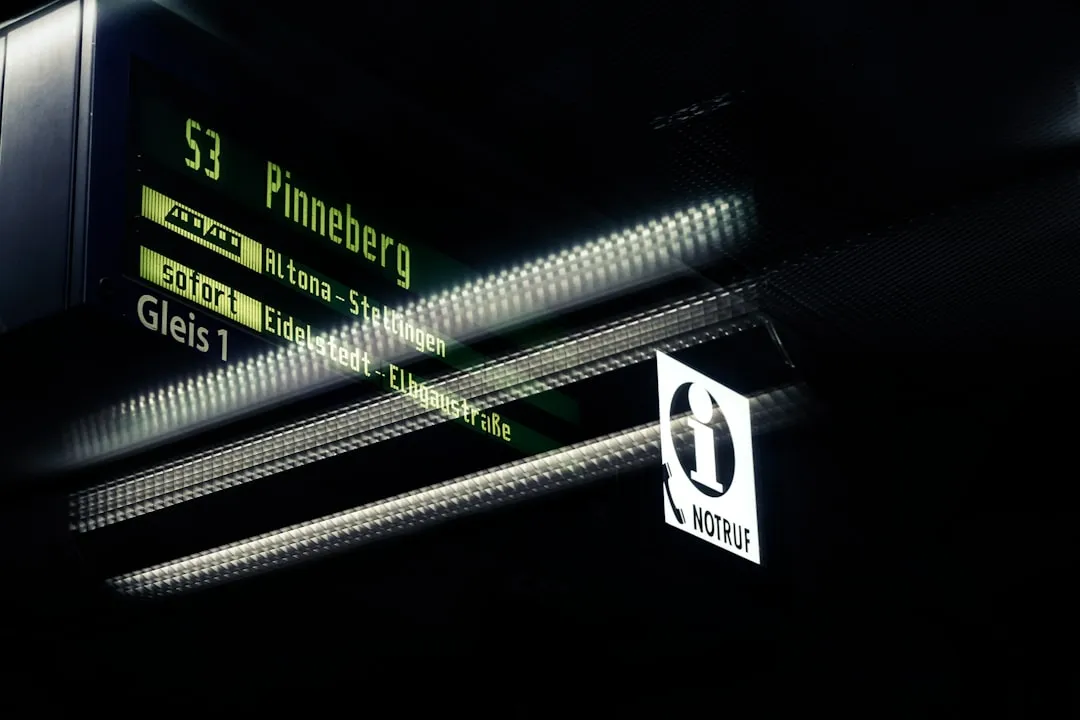
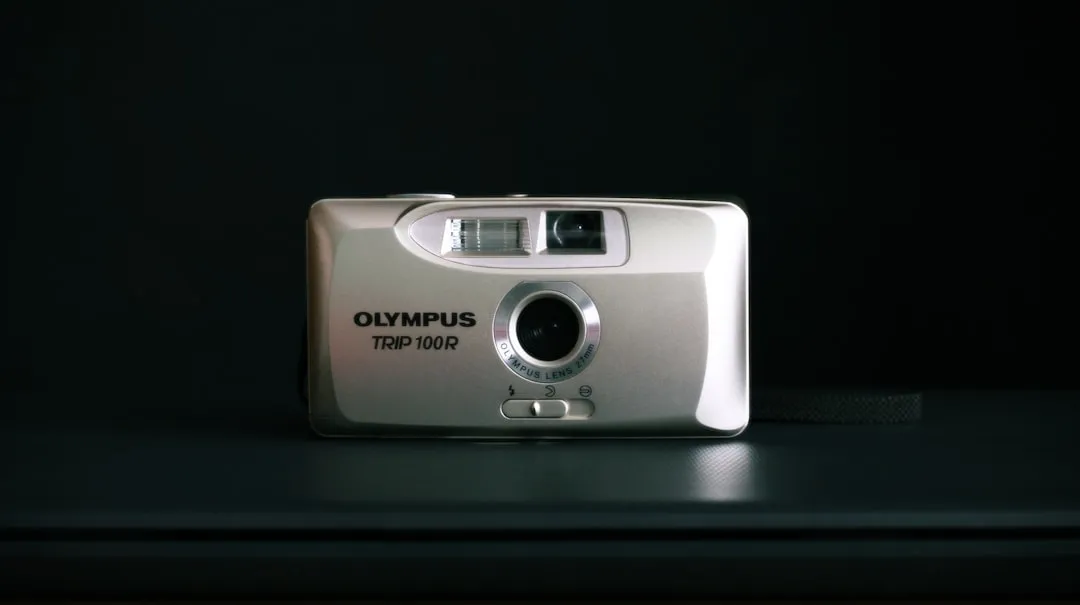
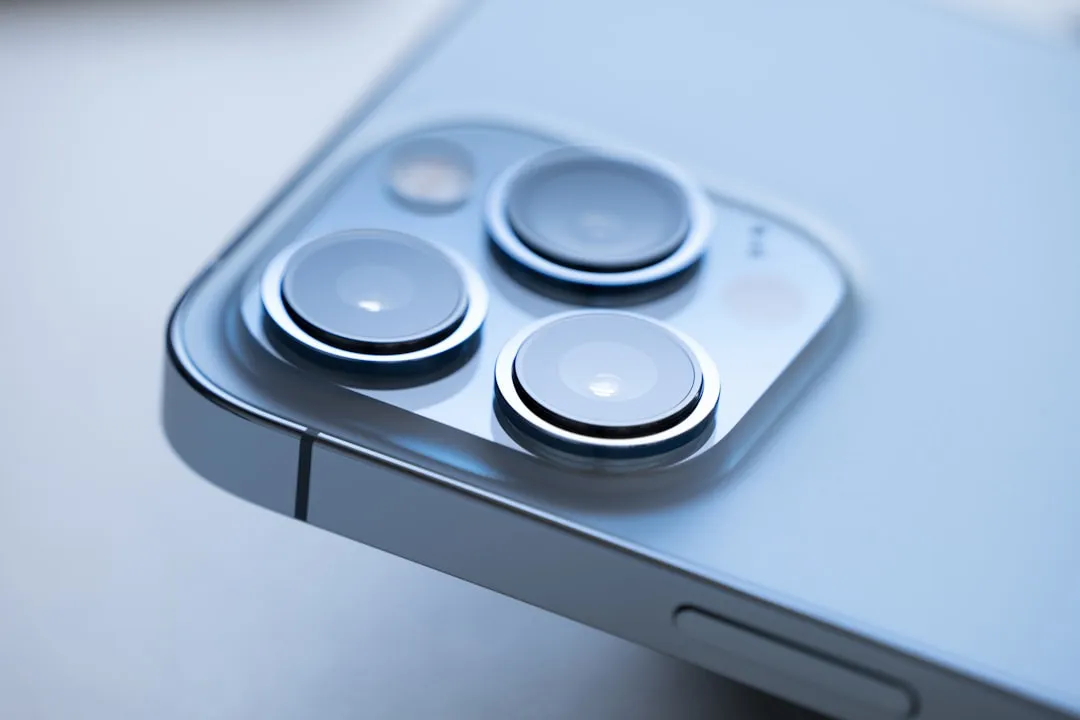
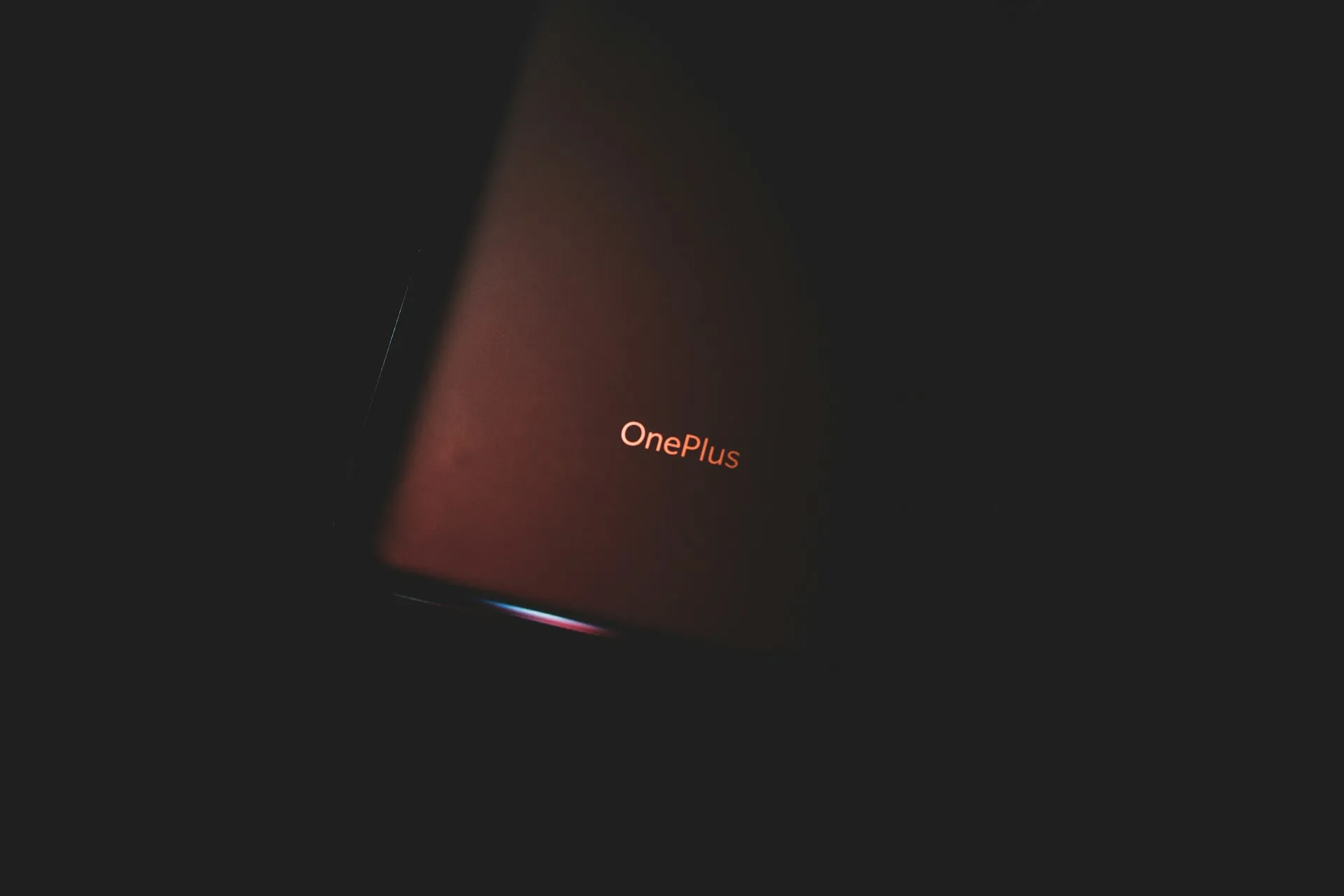
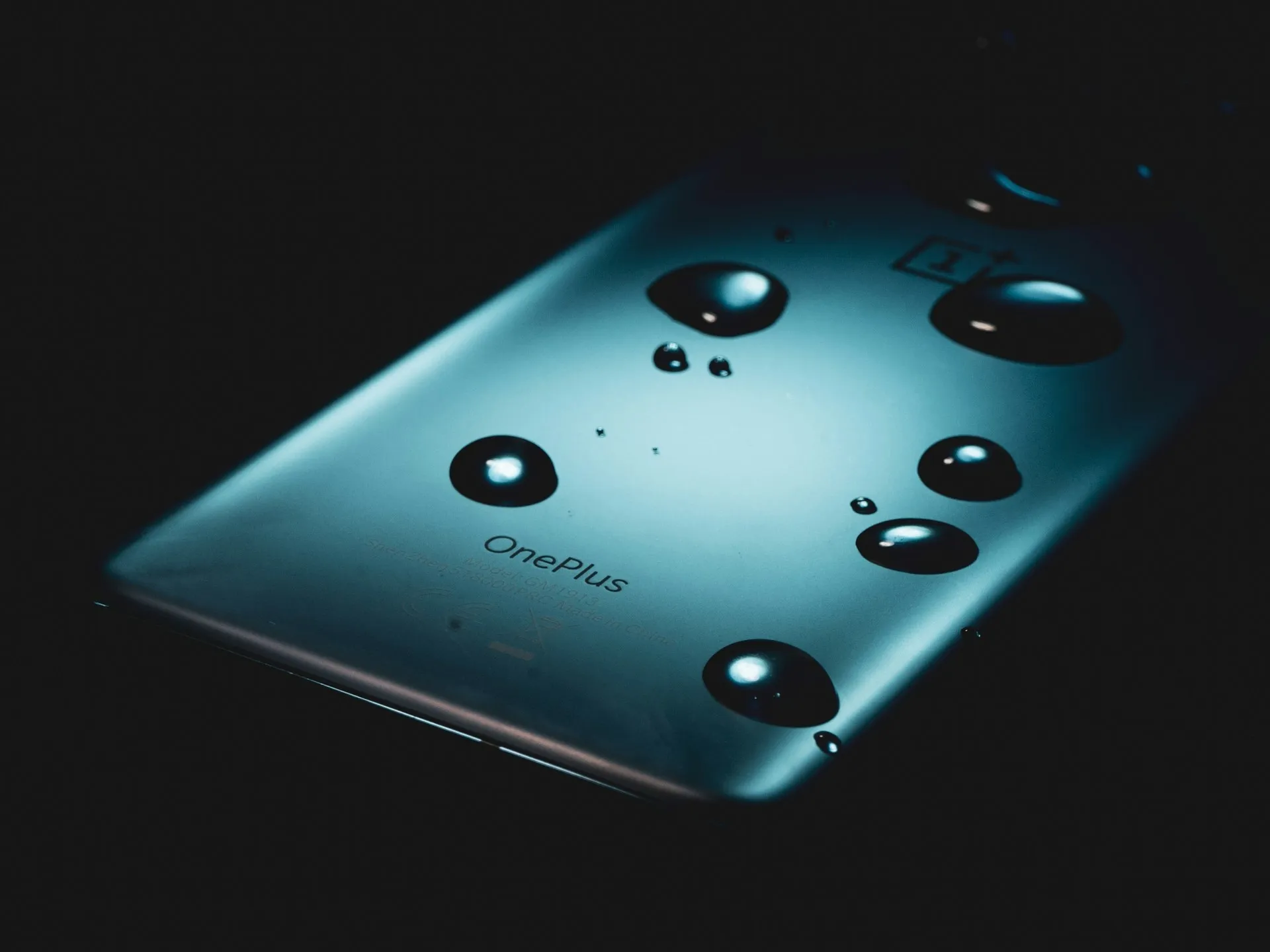
Comments
Be the first, drop a comment!